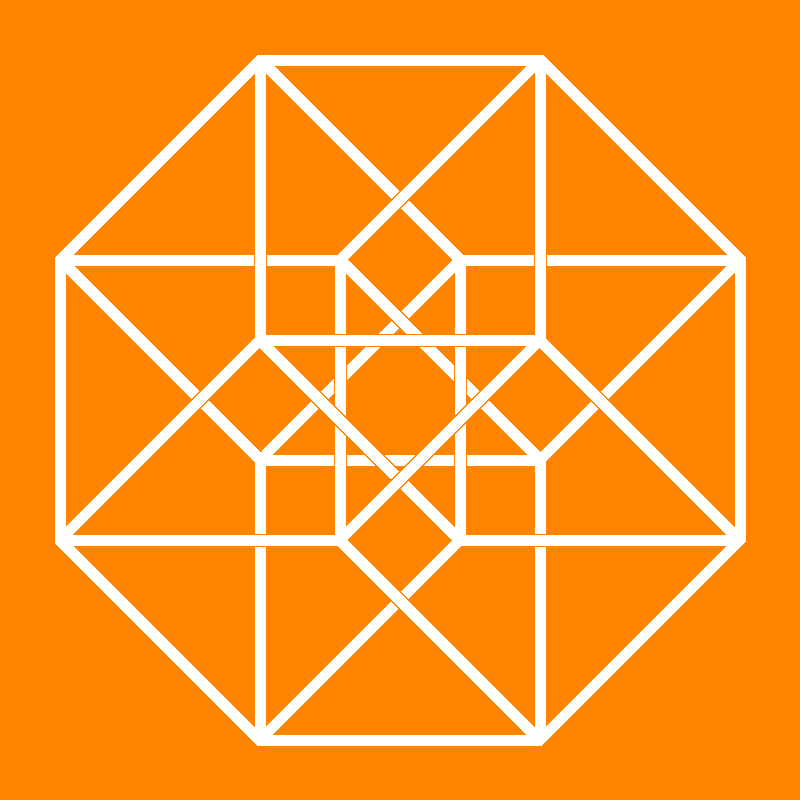
Journal for Geometry and Graphics 13 (2009), No. 1, 015--024
Copyright Heldermann Verlag 2009
Reflection-Induced Perspectivities Among Triangles
Peter Moses
Moparmatic Co., 1154 Evesham Road, Astwood Bank, Redditch - Worcestershire B96 6DT, England
mows@mopar.freeservice.co.uk
Clark Kimberling
Dept. of Mathematics, University of Evansville, 1800 Lincoln Avenue, Evansville, IN 47722, U.S.A.
ck6@evansville.edu
In the plane of a reference triangle ABC, let DEF be a triangle and P a point. A line U through P is defined as a successful reflector through P if the reflection D'E'F' of DEF in U is perspective to ABC, in the sense that the lines AD', BE', CF' concur. The point of concurrence is the perspector, P(DEF,P,U). The main theorem is that for given DEF and P, there are either infinitely many successful reflectors through P, or else there are at most four. Examples include choices of DEF and P for which the Steiner axes are the successful reflectors, and also choices for which there are infinitely many successful reflectors, in which case P is called a pivot for DEF. In three of the examples, the locus of P(DEF,P,U) as U rotates about P, called the pivotal curve, is the isogonal conjugate of a circle.
Keywords: Barycentric coordinates, centroid, circumcircle, Euler triangle, extouch triangle, Gossard triangle, hexyl triangle, incircle, intouch triangle, isogonal conjugate, Kosnita triangle, medial triangle, pivot, pivotal curve, reflection, successful reflector,
MSC: 51N20; 14H50, 15A15
[ Fulltext-pdf (406 KB)] for subscribers only.